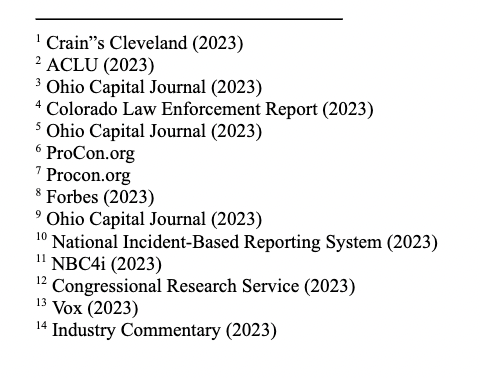
Practicing Attorney for 20 years, Medical Cannabis Entrepreneur, Health Care Information Security & Privacy Practicioner (HCISPP)


Practicing Attorney for 20 years, Medical Cannabis Entrepreneur, Health Care Information Security & Privacy Practicioner (HCISPP)
